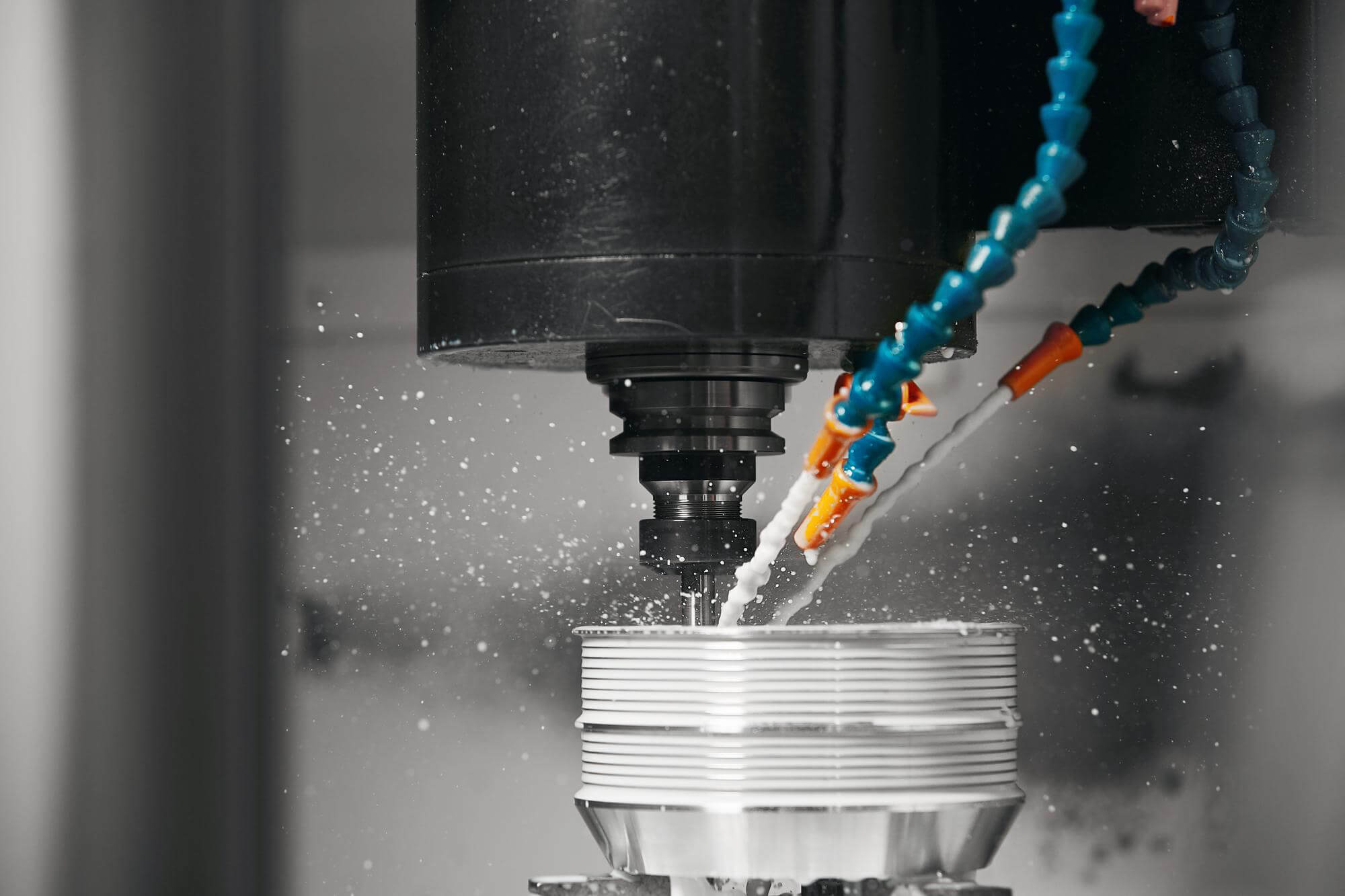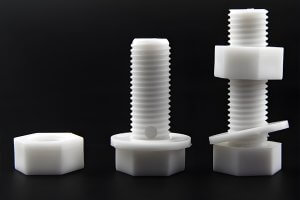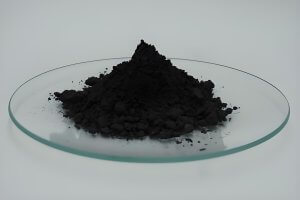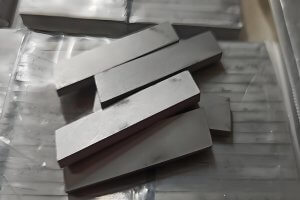Boring holes with precision and quality in CNC machining can be a bit tricky, but with the right techniques, it becomes much more manageable. Two critical fixed cycles in this process are the G76 and G87 cycles, both of which require the tool to offset from the current hole’s centerline. Let’s dive into how these cycles work, their applications, and some essential programming tips.
The G76 Fine Boring Cycle
The G76 cycle is specifically designed for creating holes with high dimensional accuracy and surface finish. What makes this cycle unique is not the boring itself but the way the tool retracts. Once the boring tool reaches the bottom of the hole, it stops at the positioning point, then offsets according to the Q value, and finally retracts to the starting position, returning to its normal position at the end.
For instance, consider a single hole with an XY position and a diameter of 25mm. The G76 cycle for this hole would look like this:
N1 G99 G76 X0 Y0 R2.0 Z-31.0 Q0.25 F125.0Here, the Q value is 0.25mm, a tiny increment that ensures the hole’s high quality. The actual tool setup and hole support data must be chosen carefully to achieve the desired results.
The G87 Back Boring Cycle
While the G87 cycle has specific applications, it’s not as commonly used as the G76. The G87 cycle operates from the backside of the workpiece, starting the boring operation from the bottom of the hole and moving upwards (in the positive Z direction).
In our example, there’s another hole with a diameter of 27mm, processed using the G87 cycle, as it starts from the “backside” of the workpiece.
Programming Example
To illustrate a complete program, let’s look at Program 02604, which uses four tools: a center drill (T01), a drill bit (T02), a standard boring bar (T03), and a back boring tool (T04).
O2604 (G76 and G87 Boring Cycles)
(T01 Ø15mm Center Drill - 90°)
N1 G21
N2 G17 G40 G80 T01
N3 M06
N4 G90 G54 G0 X0 Y0 S1200 M03 T02
N5 G43 Z10.0 H01 M08
N6 G99 G82 R2.0 Z-5.0 P100 F100.0
N7 G80 Z10.0 M09
N8 G28 Z10.0 M05
N9 M01
(T02 Ø24mm Drill Bit)
N10 T02
N11 M06
N12 G90 G54 G0 X0 Y0 S650 M03 T03
N13 G43 Z10.0 H02 M08
N14 G99 G81 R2.0 Z-39.2 F200.0
N15 G80 Z10.0 M09
N16 G28 Z10.0 M05
N17 M01
(T03 Ø25mm Standard Boring Bar)
N18 T03
N19 M06
N20 G90 G54 G0 X0 Y0 S900 M03 T04
N21 G43 Z10.0 H03 M08
N22 G99 G76 R20 Z-31.0 Q0.3 F125.0
N23 G80 Z10.0 M09
N24 G28 Z10.0 M05
N25 M01
(T04 Ø27mm Back Boring Tool)
N26 T04
N27 M06
N28 G90 G54 G0 X0 Y0 S900 M03 T01
N29 G43 Z10.0 H04 M08
N30 G98 G87 R-32.0 Z-14.0 Q1.3 F125.0
N31 G80 Z10.0 M09
N32 G80 Z10.0 M05
N33 G28 X0 Y0
N34 M30When using G76 and G87 cycles, it’s crucial to follow all rules and precautions, many of which are related to safety. Here are some critical programming and preparation considerations:
- Ensure a Through Hole: Before back boring, make sure the hole is fully drilled through.
- First Boring Cycle in the Entire Hole: Write the first boring cycle G76 for the entire hole.
- Minimize Q Value for G76: Use the smallest possible Q value (like 0.25mm or 0.01in).
- Appropriate Q Value for G87: The Q value for G87 must be more than half the difference between the two diameters, plus a standard minimum Q value.
- Tool Body Clearance: Ensure the boring bar’s body doesn’t collide with the hole’s surface or other obstacles.
- Correct Tool Setting: Write G87 in G98 mode, never in G99.
- Proper Tool Length Offset: Remember, tool length offset is measured from the cutting edge, not the actual tool tip.
With these tips and tricks, mastering CNC machining parts with G76 and G87 boring cycles becomes an achievable task. These cycles can significantly enhance your machining process, ensuring high precision and quality in your work.
Other Articles You Might Enjoy
- Requirements for CNC Machining Parts
Preparation Work Complete the necessary preparation before machining, including process analysis, process route design, tool and fixture selection, and program compilation. online cnc machining service Operating Steps and Contents Start…
- Detailed Analysis of Single-Point Boring Techniques in CNC Machining Parts
What is CNC Machining Boring CNC boring is an advanced machining process that uses computer numerical control (CNC) technology to enlarge or refine pre-existing holes in a workpiece with precision…
- What are the requirements for CNC machining of bearing parts?
Bearings are common and important parts in the automotive industry, which can support transmission components and transmit torque. Generally, CNC machining centers are used to process bearing parts. So what…
- Evolution of Mills and Machining Centers: The Future of CNC Machining Parts
Stepping into the world of CNC machining, you quickly realize how pivotal mills and machining centers are in crafting precise parts. Over time, these machines have evolved significantly, transforming from…
- Precision CNC Machining of Steel: High-Volume Production
Precision CNC Machining and High-Volume Production As an integral part of modern manufacturing processes, Precision Computer Numerical Control (CNC) machining brings about unmatched accuracy and consistency in the production of…
- Smart Choice for CNC Machining Parts: Comprehensive Analysis of Horizontal Machining Centers
When it comes to CNC machining parts, the type of machining center you choose can significantly impact the efficiency and quality of your work. Horizontal CNC machining centers (HMCs) are…






